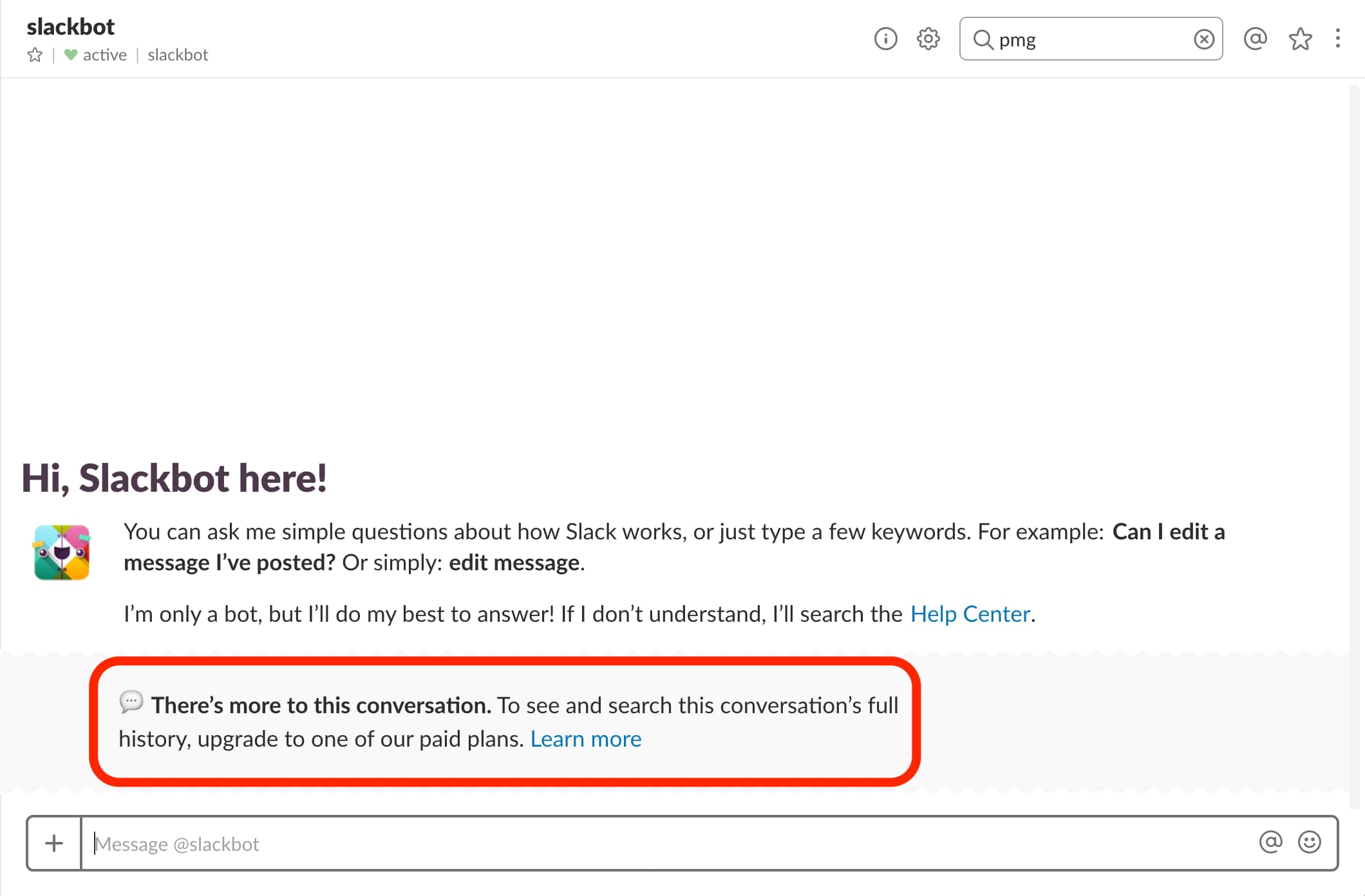6 keys to accelerating your product adoption process

.png)

.png)
Picture this scenario: You’re a product manager with a fantastic product. You’ve done the market research, and you know your product is the best in its class. But you’re having trouble getting buy-in from potential users. They’re stuck on the same old flawed solutions, and you don’t know how to convince them to make the switch.
The key to fighting customer inertia is finding ways to speed up your product adoption process.
The product adoption process comprises the steps businesses take to expose their product to new users and guide them toward buying it. A faster adoption process can lead to better retention, lower CAC, and higher MRR. It’s one of the keys to sustained product growth.
The process is made up of five stages:
To accelerate your adoption process, focus on improving two key stages: awareness and evaluation.
At the top of your funnel, an effective awareness stage establishes your product’s place in the SaaS ecosystem. Later, the evaluation stage is where you show users why your product is valuable. If the awareness stage is the first impression, the evaluation stage is more like a first date: Users are figuring out whether your product is compatible and whether there is potential for a long-term relationship.
Together, both stages facilitate a faster product adoption process. Expose potential customers to your product, and convince them it meets their needs, and you’re on your way to long-term growth. Here are six tactics to get you started:
If your early messaging doesn’t match your customers’ later interactions with your product, they’ll probably be disappointed. Avoid this scenario by communicating your value proposition clearly at the awareness stage.
Your value proposition is a statement that explains why your product is relevant and valuable and what separates it from other solutions out there. Your value prop should be displayed clearly in your marketing and on your website. When customers read it, they should immediately understand these three things.
Once you’ve figured out what sets you apart from the competition, you can highlight it in your value prop.
Figure out the language your customers use for your product, and make sure that your language is aligned with theirs. To do that, take the time to interview your customers and notice patterns in the wording they use to describe their pain points.
The data integration platform, Census, is a great example of a company with a clear value proposition. Their homepage headline does a great job of explaining it:

Reading over the headline, you immediately understand their value prop: it’s an easy way to sync product data with the tools you use, specifically Marketo. If you’re a user of Marketo, you know how much of a headache it can be to sync your product data into that tool. Census makes it easy.
Census is just one example, but if you want more examples of companies with great value props, read this post from HubSpot: 10 SaaS Value Propositions You Wish You Had
Before your customers have heard of your product, it can be hard to figure out the best place to reach them. With so many channels available to consumers and marketers—from social media to emails to paid advertising—only the biggest companies with the most resources can expect to have a strong presence and grow awareness on every platform. For a more feasible approach, find out what channels work best for your audience, and focus your time and efforts there.
The most effective option is to go straight to the source. Survey your existing customers to figure out where they want to be reached so you have a good sense of where you might reach similar new users.
You can also use Google Analytics (or another analytics tool) to determine the most successful acquisition sources. To get more insights, ask your marketing department whether they have data on the most successful acquisition sources.
Finally, it’s always smart to check out the competition. Spend some time analyzing your competition’s acquisition strategies, and see if you can adapt successful techniques to fit your product.
If you plan to go straight to the source to make your outreach more specific, start by reading our post: 10 user and customer engagement strategies for leveling up in 2020
One of the fastest ways to raise your product’s profile for new audiences? Offer your potential users useful resources before they even make a purchase.
Use discussion forums and social media to build a community around your product, and become a resource for the people in your industry. Potential users can learn from each other, share ideas, and eventually become champions of your product.
Another way to offer potential users value—and build product awareness—is regular, strategic content creation. To reach new users, focus specifically on ToFU, or top-of-funnel, content that doesn’t directly promote your product. Instead, ToFu content should offer helpful information or entertainment for potential customers. By getting this valuable content for free, people are more likely to consider learning about the business’s product.
Take Chartio as an example. The business intelligence platform creates a lot of ToFU content to capture attention from search engines. Their content focuses on problems that their audience is searching. If you Google search the phrase, “sql data visualization” the first non-ad search result is a Chartio piece that helps readers find a tool for data visualization.
Creating written content is only one way to improve product awareness through value. Read our related post on the topic: To improve product engagement, think outside of the product
When customers are evaluating whether to try your product, the biggest impediment to moving onto the next step is a high barrier for entry. If customers have to purchase the product or make a commitment in order to try it, they are much less likely to take the leap.
Make sure customers can try your product without making a financial commitment. It’s become increasingly standard for SaaS companies to offer a free trial period, which allows users to test the product before buying. Other successful SaaS companies have adopted a freemium model, including companies like Dropbox, Trello, and Mailchimp.
At the beginning of the COVID-19 pandemic, several companies extended free trials or free add-ons to help companies adjust to work-from-home situations.
In a freemium model, a business offers a free version of their product, with limited functionality and support, along with paid premium versions with all the bells and whistles. Often, the freemium model also caps at a set number of users. When companies grow past a certain point, they upgrade to the premium tier.
Slack provides one of the best examples of freemium caps. Their free plan limits conversation history and prompts users to upgrade when they need to search through older messages. We detailed this in a Really Good UX post.

Both models offer potential customers a no-risk way to try before they buy.
Freemium and free trials are both great ways to get users familiar with your product, but if you’re unsure of which one to build into your product, read our post: Free trial or freemium? Decide your go-to-market strategy first
In the evaluation stage, you risk losing free-trial users who don’t understand how to get the most value out of your software. For users to understand your product features, they need an onboarding process that helps them reach their aha moment.
What’s the aha moment? It’s a light-bulb moment when users understand the value that your product offers by experiencing it themselves. Users who reach their aha moment will adopt, and even champion, your product. Those who don’t reach that point are unlikely to make it past the free phase.
To find your product’s aha moment, look at behavioral data for retained users—the customers who had an aha moment and adopted your product. Can you pinpoint a behavior these users took early on that churned users didn’t? That activity is likely your product’s aha moment. Talk to your users, and gather qualitative data to supplement your findings.
Over on Product Led Growth Collective, Ramli John wrote about aha moments in user onboarding in his post: The ABCs of high converting user onboarding experiences
Free-trial users won’t always discover valuable features on their own. Help them find the features that would bring them the most value by using segmentation.
Analyze who is most likely to be interested in a new feature, and why; then, target only those users for new feature adoption. If you’re offering a new integration with an existing tool, for example, you can find users who already use both tools and then create email campaigns, in-app announcements, tooltips, and more to target only those users.
But don’t just take our word for it. Read about how Toast uses hyper-segmentation to reach their customers: How Toast uses Appcues to deliver personalized user experiences
Your product itself plays an early role in developing your audience’s interest in your product and pushing users to convert. According to our VP of marketing Eric Keating, “90% of respondents prefer using a free trial or freemium access to learn about a product (versus talking to a salesperson or making an upfront purchase).” Once users sign up for a free trial, they evaluate their experience in-product.
So along with following the steps in this post, focus on creating a high-quality product. The experience it delivers is your most valuable tool for a smooth, fast product adoption process.